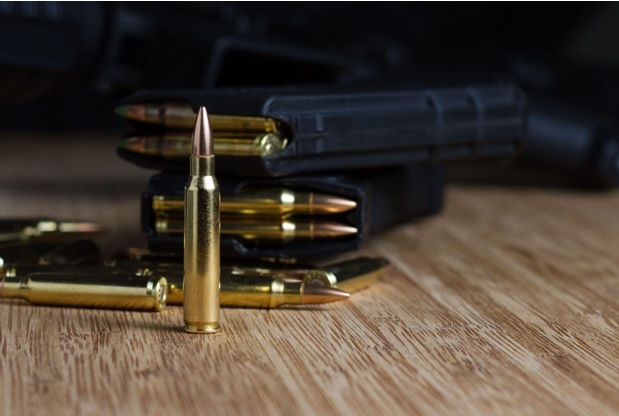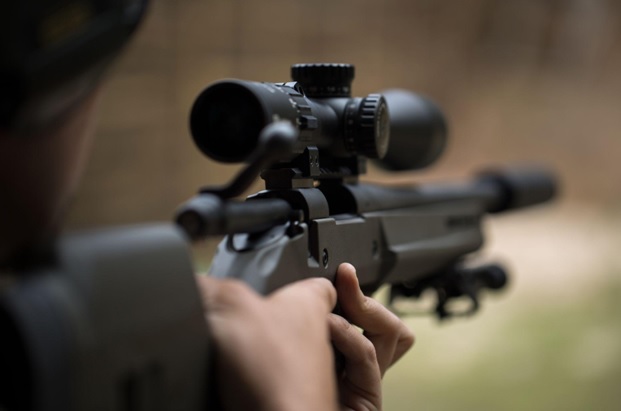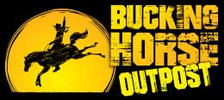With an accurate rifle and consistent ammo, most shooters, even inexperienced shooters, can often shoot 1” groups at 100 yards with appropriate optics.
But in the grand scheme of things, 100 yards is “right there.” If you’re looking at accurizing a rifle with an off-the-shelf high-volume round like American Eagle .223, there are some things you will need to take into account.
Gun-Based Factors
One of the primary determinants of accuracy, in fact one of the main two, is the rifle, both in quality and condition.
A well-trained shooter can shoot accurately with a quality rifle, but even an expert marksman can’t make do with an inherently inaccurate rifle.
Here are some of the main things to consider.
- The trigger: While the trigger doesn’t directly impact accuracy, how the trigger breaks, and how heavy the pull is, can cause the shooter to move or torque the rifle slightly, which shifts the point of aim and thereby indirectly affects accuracy.
- The barrel and harmonics: This is the main determinant of accuracy. The quality and specifications of the barrel, such as steel chemistry and treatment processes as well as precision manufacturing will influence accuracy. Cut rifling, though more expensive than button rifling, is inherently more precise and more accurate. Quality rifles also have hand-lapped bores which remove internal tooling marks that can adversely affect accuracy. Barrel harmonics also influence accuracy so sometimes shooters add tuners to their muzzles to reduce unwanted shock and vibrations.
- Muzzle crown: The muzzle crown is the very end of the muzzle, the last part of the gun that the bullet contacts before leaving the barrel. The crown absolutely must be perfect. If not, the gun must be taken to a gunsmith or have the barrel entirely replaced.
- Barrel bedding: This refers to how the barrel is joined to the stock and action. Stresses in the action may be translated to the barrel, which will adversely affect accuracy. Free-floated barrels tend to produce the most accurate results.
- Bolt and lug contact: Solid bolt-lug contact is absolutely imperative to ensure accuracy and minimize unwanted vibrations at the point of firing. If the lugs are not in proper, complete contact when you fire, there will be barrel whip and unwanted vibration that will induce shot to shot aberrations.
Ammo-Based Factors

The quality of the ammo you shoot will also impact accuracy, especially according to these primary factors.
- Powder charge consistency: A single grain one way or the other can throw accuracy off by a surprising margin at ranges greater than 100 yards. Keep that in mind when handloading.
- Bullet consistency: Bullet weight and the manufacturing process used will also impact accuracy. The most minor variation will result in wider groups.
- Radial symmetry: The radial symmetry of a bullet’s jacket has one of the most profound impacts on spin-stability. If a round like American Eagle .223 is not performing for you, consider an match-grade alternative like Federal Gold Medal Match ammo that is made with OTM (open-tip match) bullets that exhibit superior radial symmetry.
On the Shooter’s Part
It’s not just your gear; it’s you. Here are some of the ways in which you impact accuracy, too.
- Breathing: Shooting while breathing can cause you to torque the rifle; holding your breath can cause your sight to dim. You’ll want to coach yourself to shoot when you’ve released your breath, which is your natural respiratory pause.
- How you hold the rifle: Avoid the death grip, which can cause you to twist, torque, or cant the rifle, creating a disconnect between the perceived point of aim and point of impact.
- Trigger discipline: Jerking or smearing the trigger will force the rifle to move and will adversely impact your accuracy. You want to squeeze the trigger, not jerk it; the shot should almost come as a surprise.
Environmental Factors

The environment will also influence accuracy. This is one thing you can’t change, but it helps to be aware of it.
- Temperature: Temperature can influence the density as well as the dimensions of the barrel, which is one reason you should shoot over a cold barrel. Be aware of that; shoot a few rounds, let the barrel cool, then keep shooting. A hot barrel will inherently throw off accuracy.
- Humidity: Humidity changes the density of air, which can result in higher than anticipated bullet drop at greater ranges.
- Wind: Being aware of wind speed and direction is critical to shooting accurately especially at ranges greater than 100 yards. Use a wind meter or flag to keep up with this.
Stock Up on American Eagle .223 Today
If you shoot an accurate rifle and use reliable, consistent ammo like Federal Premium or Federal American Eagle .223, what you need to focus on next are discipline and training.
On the other hand, if there are components of your rifle that need to be replaced or tuned up, you’ll need to address that.

